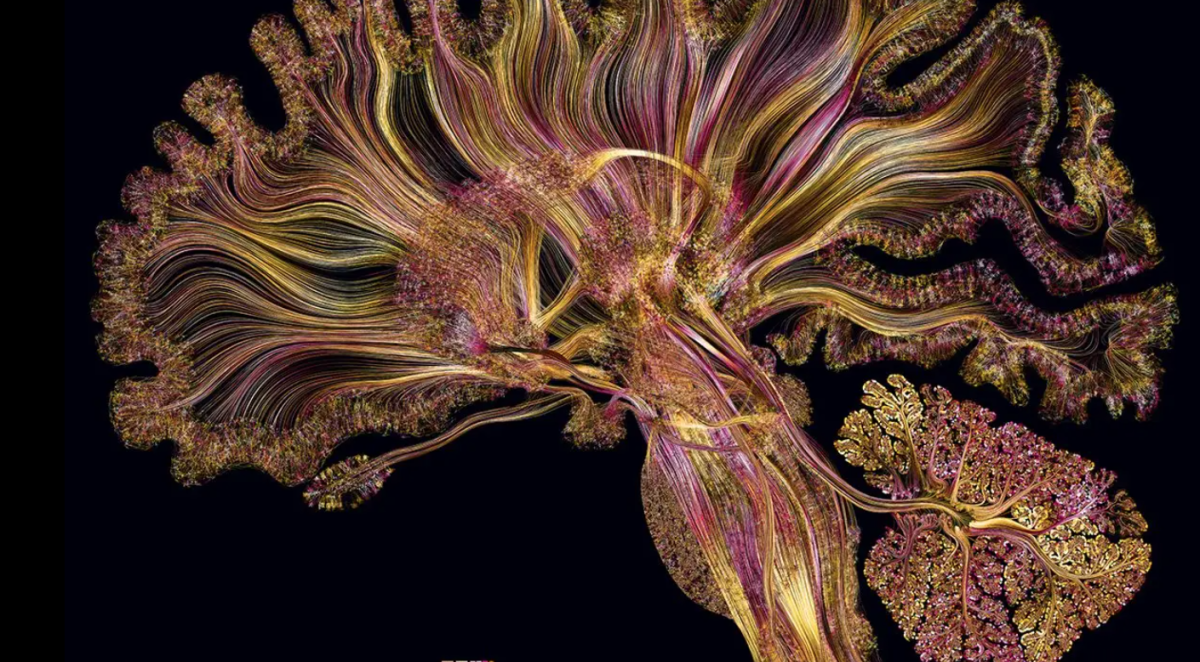Music is present in every part of our lives and affects people in all different ways, both negatively and positively. For example, the type of music people listen to influences behaviors and feelings, such as people’s emotional, physical, and mental health. For example, dopamine, a neurotransmitter often called “the happy hormone,” interacts with the brain and can be affected by active music as it tends to remind people of places they’ve been, events that once occurred, or people in their lives, such as family or friends. Many doctors believe music can stimulate your brain and help you remember certain information. According to Levinemusic.org, “songs and melodies can serve as auditory post-it notes, helping us remember significant events or information better.” Furthermore, listening to both fast and upbeat music or slower, more calm music can affect someone’s heart rate. For instance, fast and upbeat music increases heart rate, and slow music decreases heart rate.
Music also has an effect on people’s ability to form a collective identity, allegiances to certain brands, and a deeper understanding of the multifaceted musical cultures that make up our society. To give an example, music can be used as a means of political protest or to influence public opinions. John Lennon’s songs “Imagine” and “All You Need is Love” are two good examples of songs that were written to tell people to imagine a world where there is no war or possessions. In this way, music becomes an important tool for uniting people. Another way music affects people is when it is used as advertising to encourage further brand recognition. When music is used as advertising in stores, it affects our shopping habits by creating a more familiar and positive association with different products. Also, another manner in which music is present in our lives is how music teaches us about the world and culture in which we live in today. When you listen to pop, rap, jazz, hip hop and other genres, for example, you learn about where the music came from and the culture in which it is surrounded. For example, certain cultures have typical dances and rhythms in their music. Exploring the rhythmic patterns or even learning certain dances can connect people with the physical aspects of a culture’s expression. Music can also be executed and shown in many different languages or dialects, providing an opportunity to learn a bit about different languages and vernaculars. Though people may not understand the language, every type of music can convey emotion through the song’s tempo, rhythm, or pitch. So it can still foster cross-cultural empathy and understanding even though we can’t understand the lyrics.
In conclusion, music has a profound influence on us that can be showcased in a multitude of ways. From directing our emotions and well-being to shaping our identities and our understanding of the world, music holds a unique purpose in each of our daily lives. As music has the power to evoke memories, affect physiological processes, and influence our cultural views, it serves as a universal language for all. Music artists often use this language to express solidarity in their songs, generating sympathy among people of different backgrounds and fostering change. For all these reasons stated, music is present in everyone’s lives as it speaks to our souls, uniting us with its beauties of the language and melodies.












